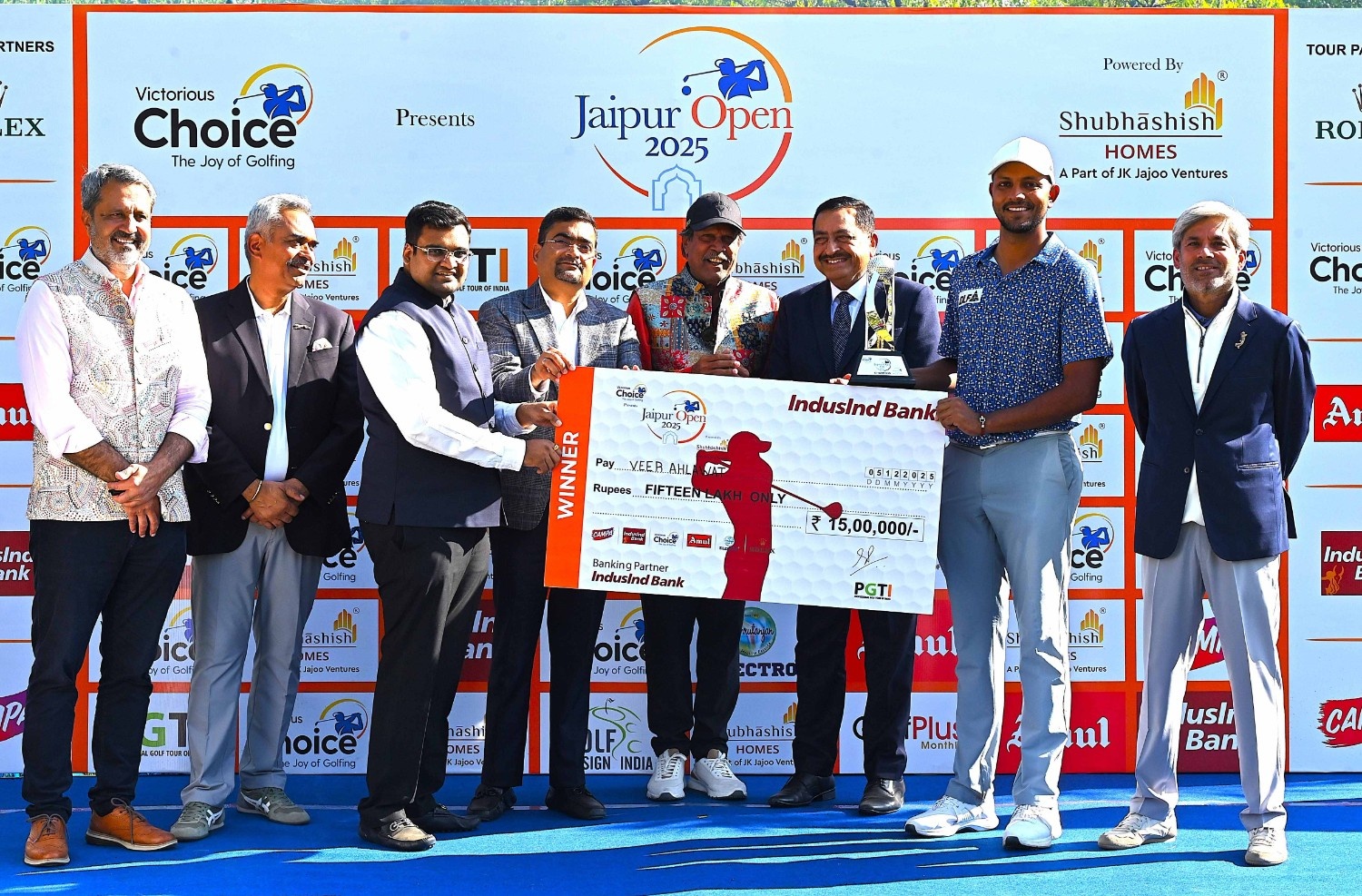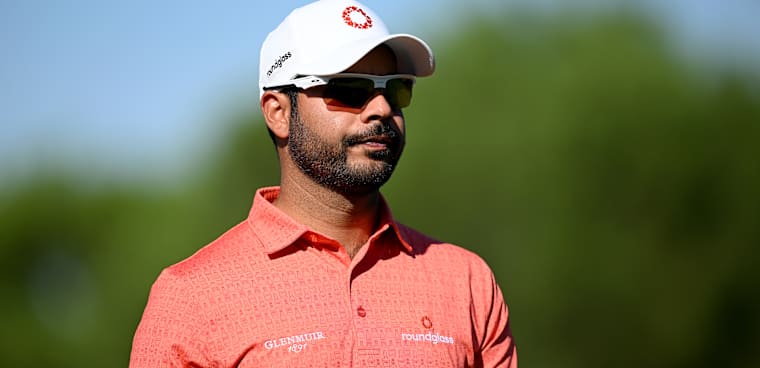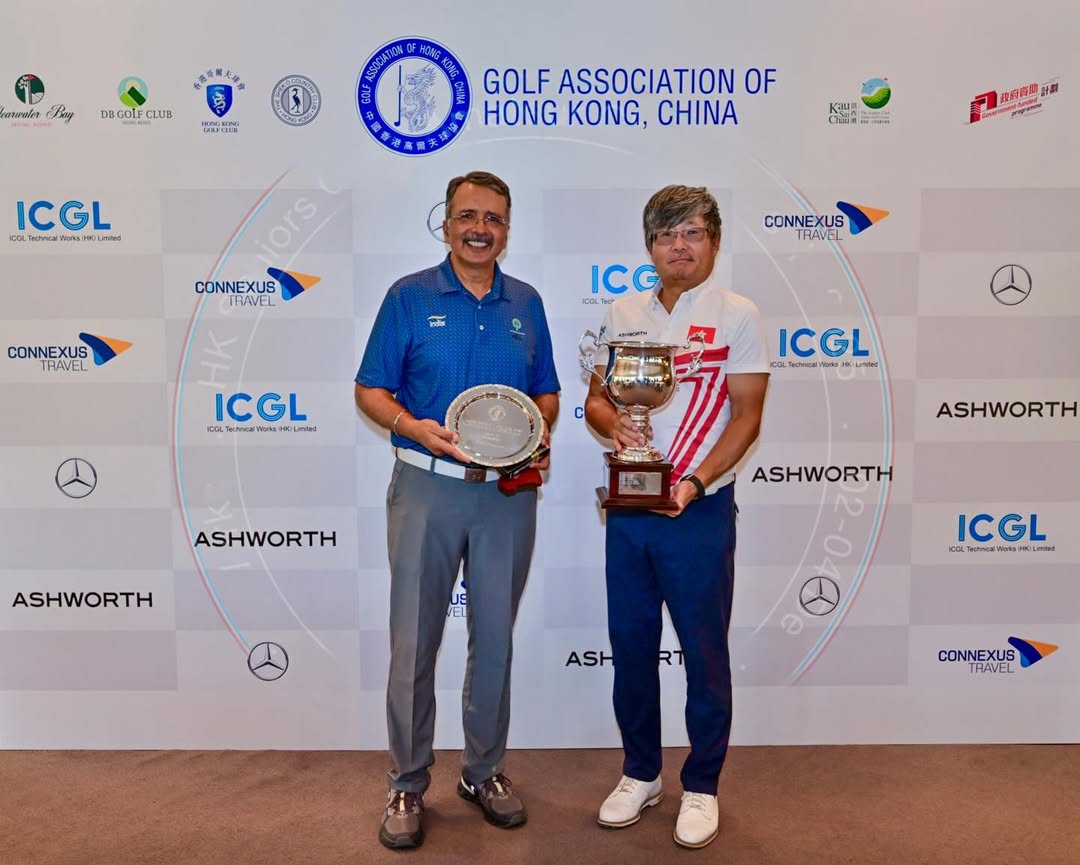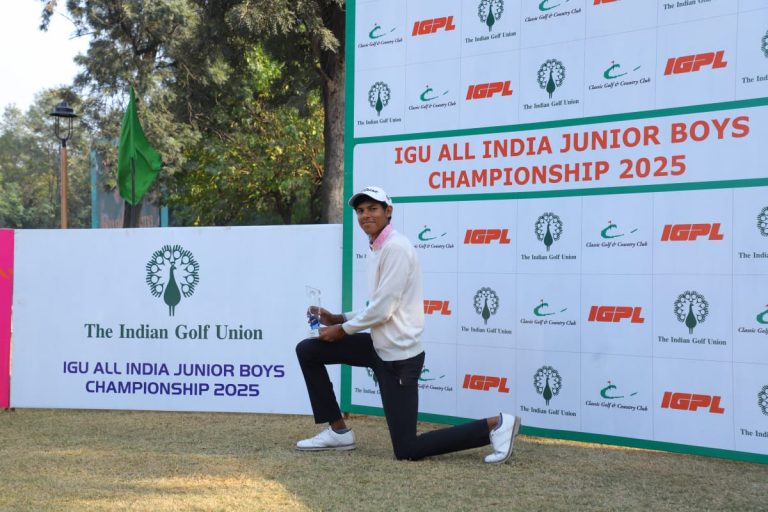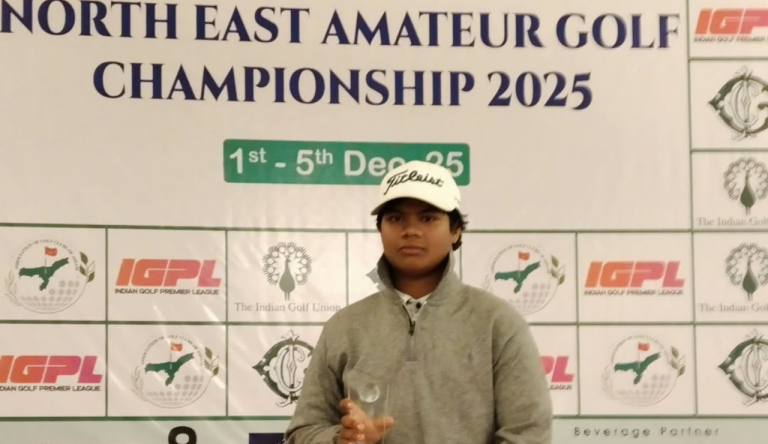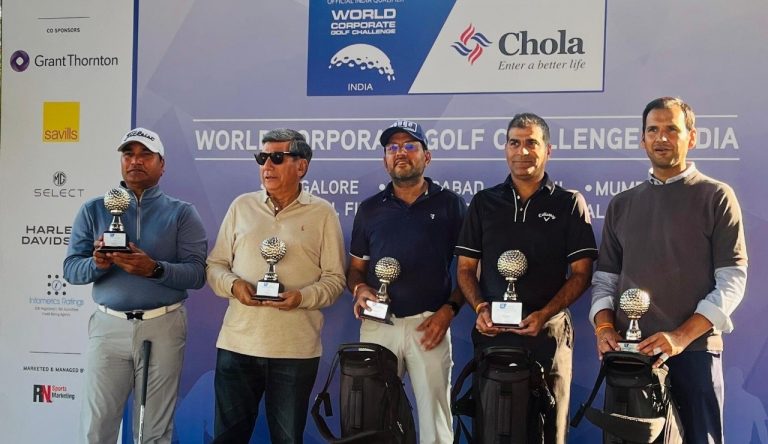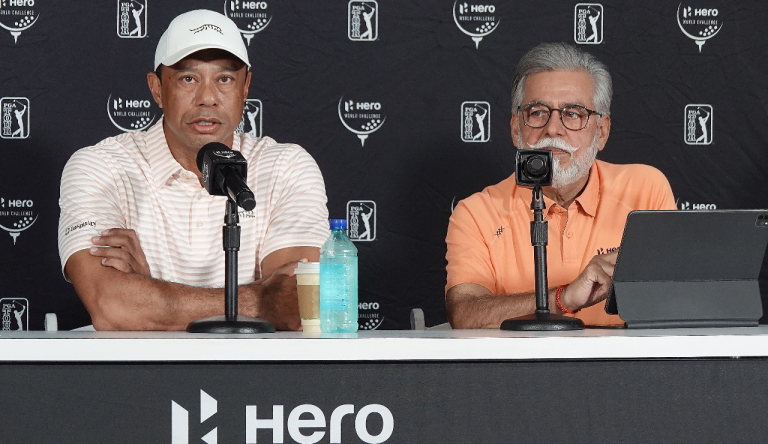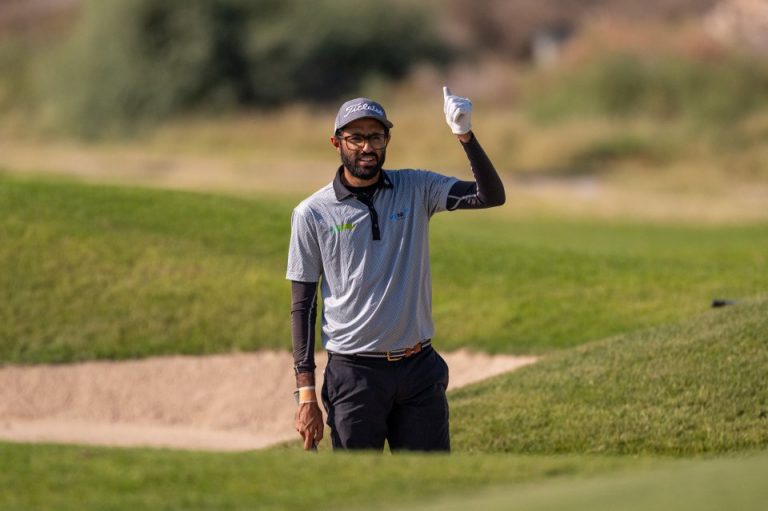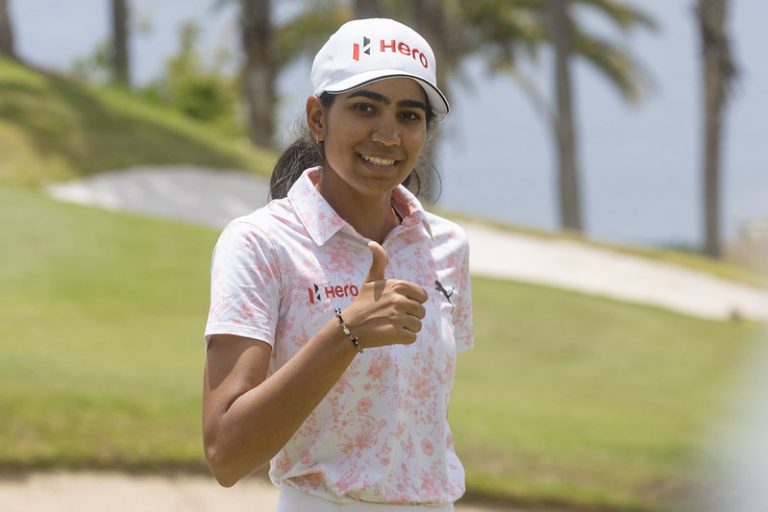Five years ago the Royal & Ancient (R&A) Golf Club of St. Andrews and the United States Golf Association (USGA set out to revise the sport’s guidelines that many believed were undesirable, unwieldy and complicated. In an exclusive chat with Golf Digest India, Dominic Wall, Director – Asia Pacific (R&A), elaborates the proposed changes to the rules and how it will affect the professionals when it comes into effect in January 2019. Excerpts from the interview
GDI: Talk about the R&A and USGA’s sensitivity towards the players in view of these rules changes.
DW: I think we have realised for many years that the rules are becoming more complicated – harder to understand and harder to interpret. We set up a small working committee with the USGA 5 years ago. We also invited representatives from the tours as well to look at how we could bring the rules into the modern day – to make them more accessible, not intimidating and easier to understand. We have been looking at a number of changes for five years trying things out, we have come up with a list of proposed changes which have been circulated on the 1st of March 2017 for a six month period – and we are still taking feedback, comments and information on that. This is because some of these changes might be wrong, some of them might require further revision – so we want to be very open and transparent by this process. Giving people around the world the opportunity to comment on the proposed changes because this is the biggest changes ever to the rules of golf.
GDI: How has the R&A recognised the need for change in the game’s formats given the changes in other sport in the 21st century such as T20 in cricket?
DW: The week before The Open championship last year, we ran a 9-hole competition. We invited all the clubs in the UK that host qualifying for The Open to send in a team. We encouraged the course in this competition to set up the course in an easy way. Forward tees, easy hole locations – so you can go out and play a proper competition. Here we’re trying to say (From an R&A point of view) that this is one of our events now. You play quickly, you don’t setup the course hard, you don’t play from the back tees. You encourage people to play faster – and that was successful. We are doing it again this year, widening the base of clubs that come into this competition. Countries like New Zealand, Japan and Australia are saying that they want to run 9-hole competitions, have a national final and have the winner come over here to our final at The Open every year. So that has been positive initiative from our point of view.
GDI: Jack Nicklaus has always spoken about scaling back on the equipment and golf ball. What are your views on that?
DW: We monitor this very closely. We are in the process of opening a 5 million pound equipment testing centre in Kingsbarns here in St Andrews. We have monitored the progress and the distance of the ball for the last 20 years and it hasn’t changed over the last 12-15 years. No more than 1 or 2 metres – its been consistent. I think what we are seeing now is fitter and more well-conditioned athletes playing the game. They are hitting the ball much further and some of them can generate much more club speed than in the past. There’s a lot of emotive comments about the ball going further – but the stats don’t back that up.
GDI: What are the challenges in growing the game in the South-eastern region of the world particularly in a countries like India?
DW – I think the challenge here is to get everyone to work together. You have some very good associations at the national level, but they tend to do things in isolation to the others. The PGTI is doing a good job with their tour events, and the National Academy in Chandigarh as well as the IGU – what needs to happen in terms of development of the game is that these organisations need to embrace each other more – work closer together.
GDI: How important is it for somebody in the game’s administration to be playing golf regularly? (Dominic is currently a six-handicap)
DW: Unfortunately most people who come into the game’s administration, don’t get to play as much as they think. The perception out there is people who are in golf, must play golf all the time – because of the travel and work you don’t get to play as much as you would like to (also family commitments). Having said that, I do think it is important to find time and play golf – not only play but also see what’s happening on golf courses, you meet other people, and ultimately I started working in golf because my passion was golf, and you don’t want to give up your passion.
GDI: The R&A had introduced ‘subsistence allowance’ in 2012 to assist needy amateurs. Have you witnessed any progress it has made in Asia?
DW: I haven’t seen any practical examples, but I think providing the opportunity certainly can help. This is a relatively new change, probably I haven’t seen the impact – I think the potential is very good.
GDI: Experts have highlighted that to grow the game, we need more women participation. What has the R&A done in this regard?
DW: We have actively supported a number of women’s programmes around the regions particularly in Asia. We also support the LET (Ladies European Tour), we used to support the Asian Ladies Tour which has almost dissolved but we continue to support individual events like Hero Women’s Indian Open. We also have a number of grassroots programmes which we support.
We recently amalgamated with the Ladies Golf Union in the UK, so we’ve become responsible for the Ricoh Women’s British Open and all the women’s events held in the UK. With this, we also have taken on a greater responsibility to make sure that we promote development and oversee a number of development programmes in women’s golf.
GDI: Most of the Majors are in America. To grow the game in Asia, do you think of staging a parallel tournament?
DW: I think it will naturally happen here given that golf is growing exponentially here as compared to the other parts of the world. You just have to look at women’s golf at the moment to see what’s happening – the Koreans, the Japanese, the Thais and the Chinese – all the top golfers are from this part of the world and I think the evolution will get to that at some stage. I would be very confident that this would happen at some point.






